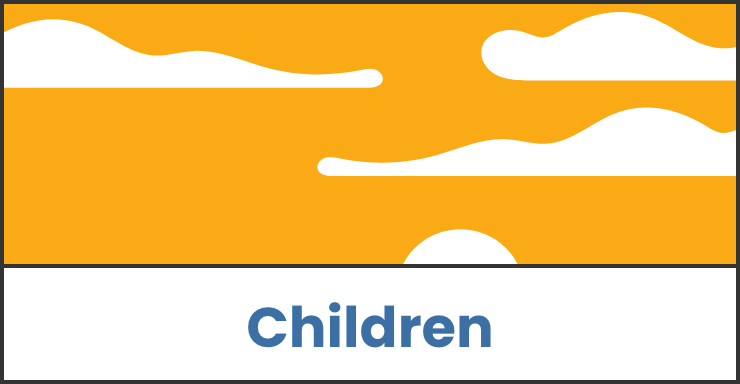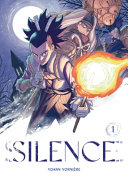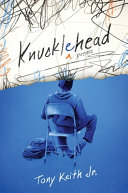Upcoming Events
This event is in the "Babies & Toddlers" group
This event is in the "Babies & Toddlers" group
This event is in the "Children" group
This event is in the "Tweens" group
This event is in the "Teens" group
This event is in the "Adults" group
This event is in the "Everyone" group
Storytime/Meet&Greet with the Horseheads Hitmen Baseball Team!
2:00pm–2:30pm
Babies & Toddlers,
Children,
Tweens,
Teens,
Adults,
Everyone
This event is in the "Adults" group
This event is in the "Children" group
This event is in the "Tweens" group
This event is in the "Teens" group
This event is in the "Adults" group
This event is in the "Everyone" group
This event is in the "Adults" group
This event is in the "Babies & Toddlers" group
This event is in the "Children" group
This event is in the "Tweens" group
This event is in the "Teens" group



































